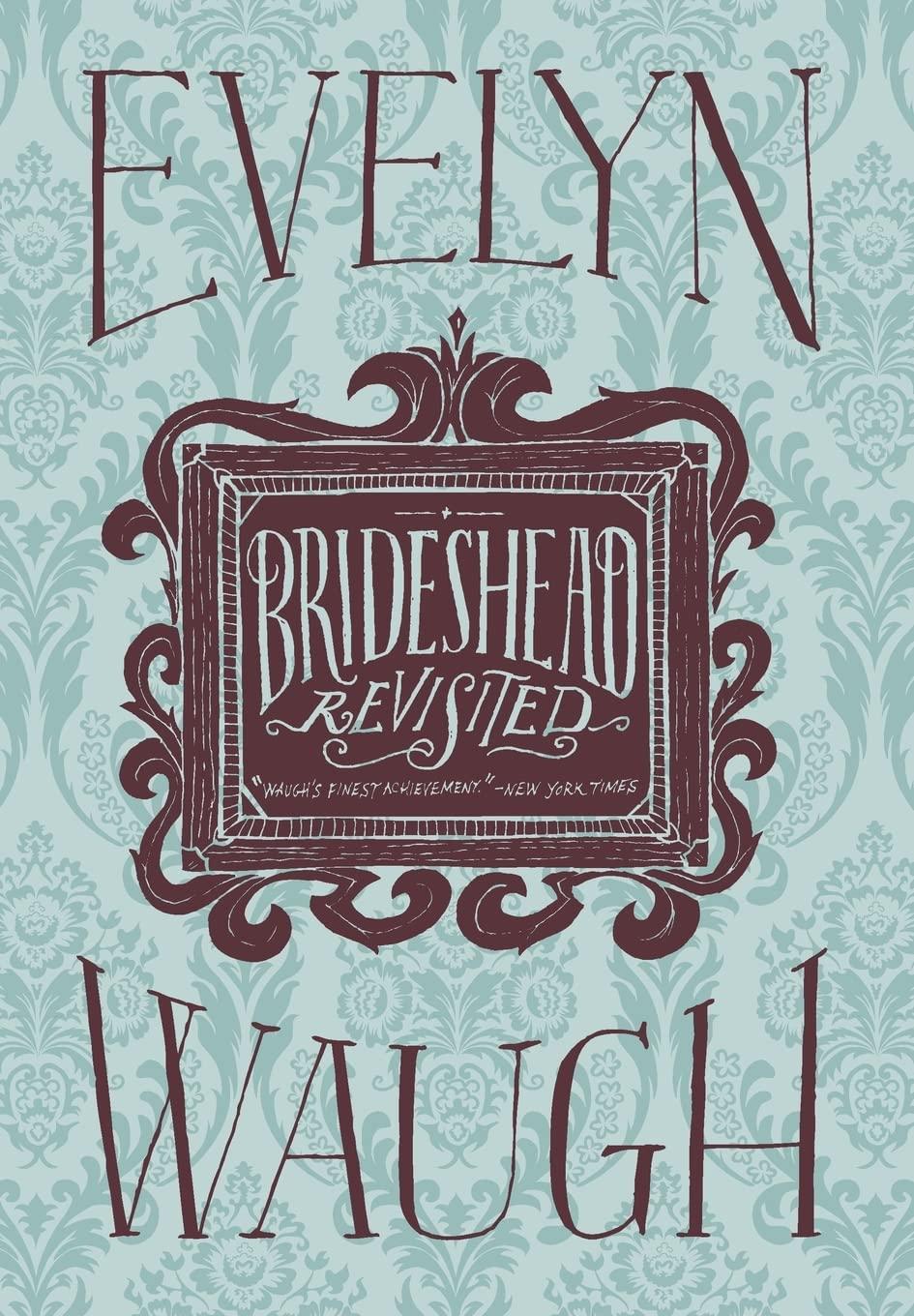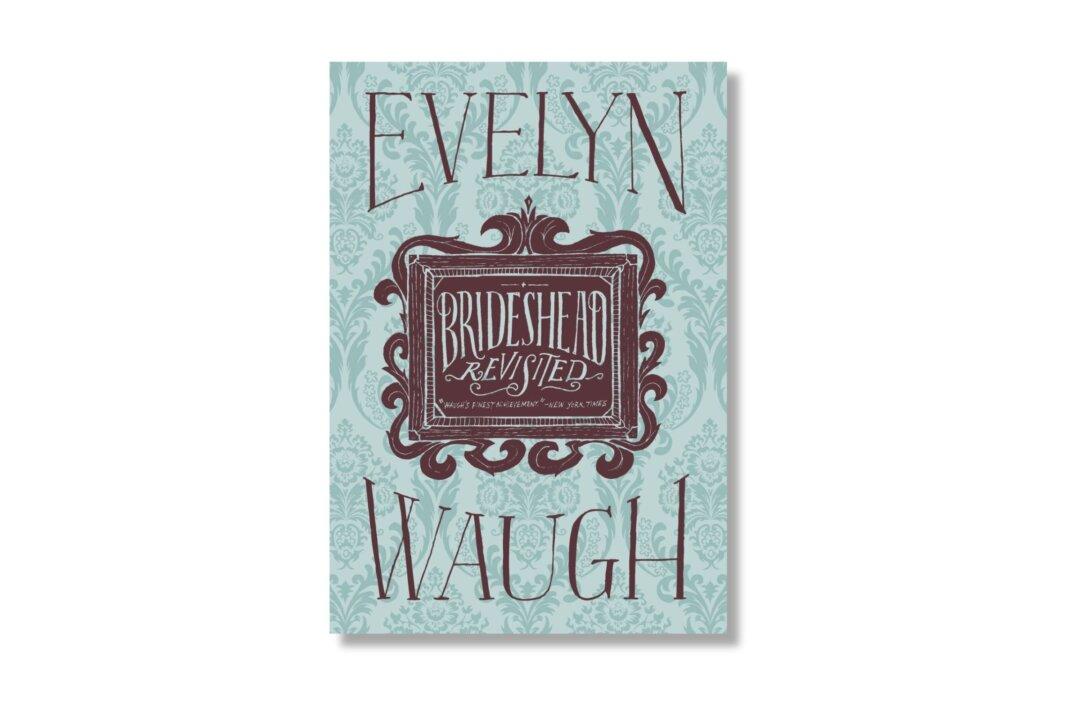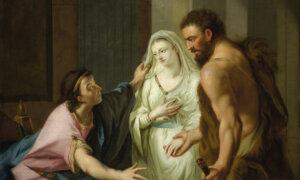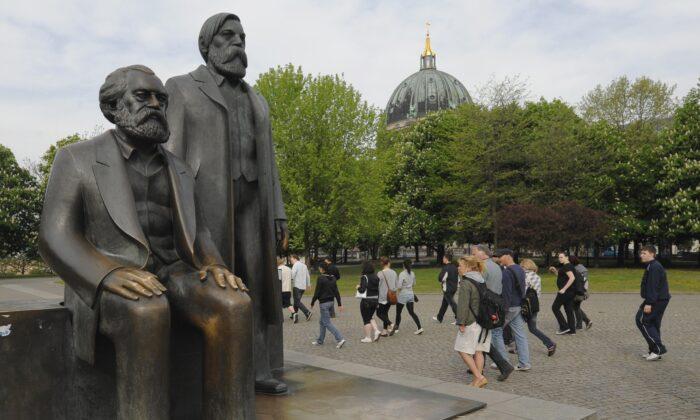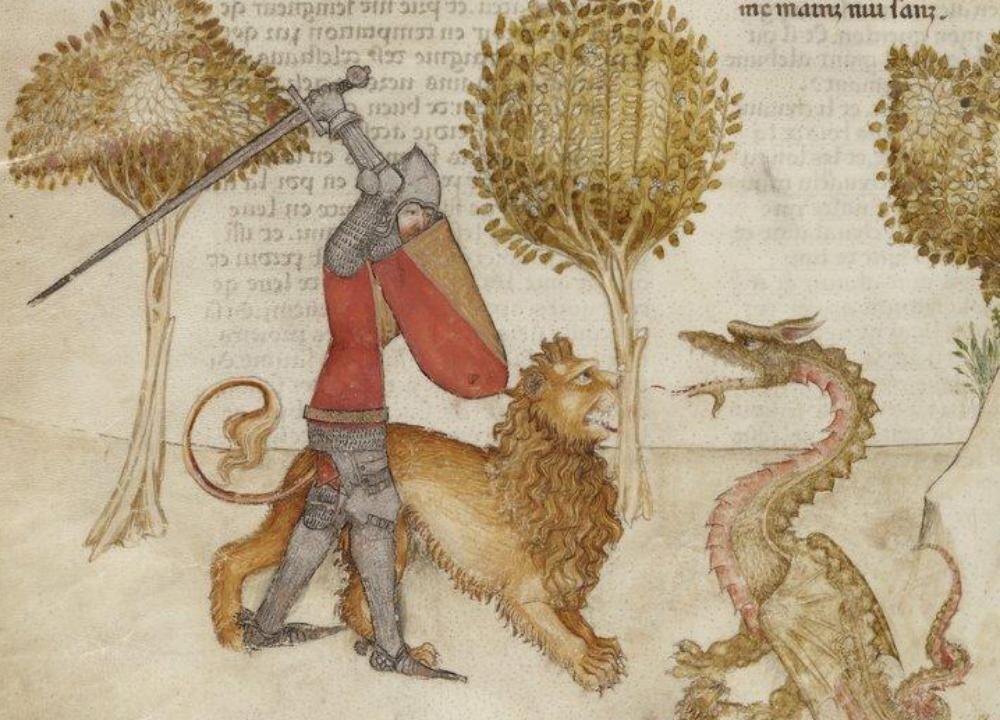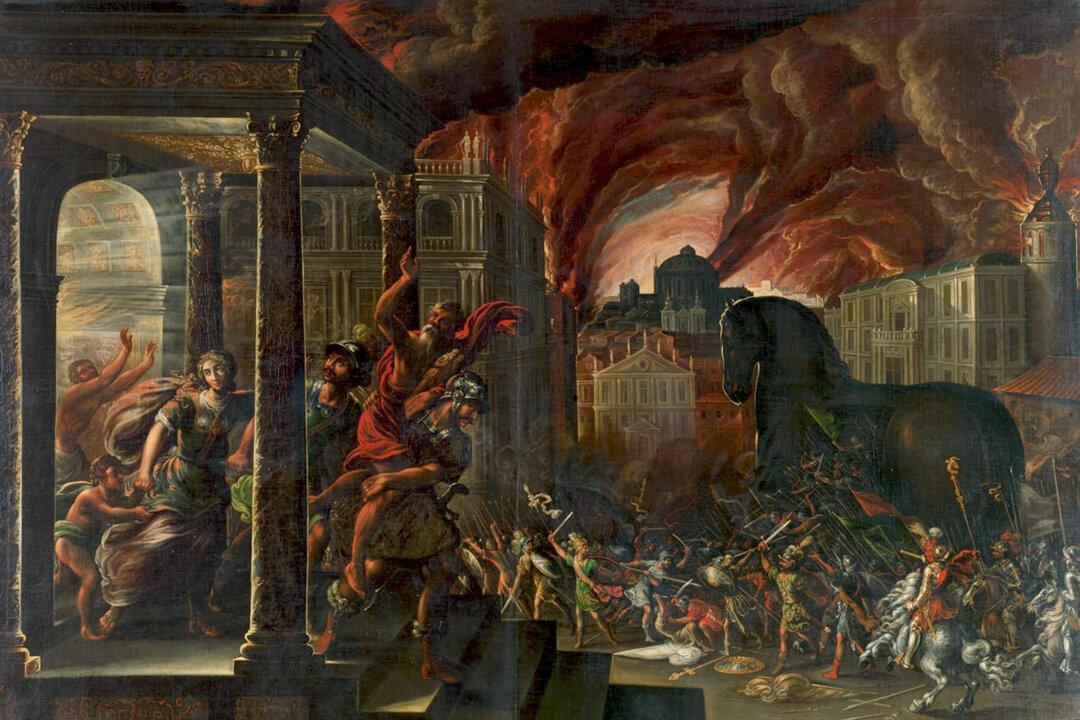Charles Ryder’s table is adorned with a human skull, inscribed with the words, “Et in Arcadia Ego.” The Latin phrase means, “And I am in Arcadia,” Arcadia being one of the pagan conceptions of paradise, a place of unlimited sensual pleasure. That out-of-place skull and its odd inscription capture in a nutshell Ryder’s spiritual state at the beginning of Evelyn Waugh’s 1945 elegiac novel, “Brideshead Revisited.”
As a young student at Oxford, full of the first flush of independence and eager for self-indulgence, Charles strolls lazily through the corridors of the university, amusing himself and seeking the company of other dissolute young men. He believes himself in a kind of paradise.
Over the next 400 pages and 20 years of life, Charles learns that this empty, selfish life is no real paradise. It leads to death—spiritual and physical—represented by the skull in his rooms at Oxford. His journey begins through an encounter with beauty.
Diverging Paths
One summer, Charles spends the vacation with temporarily wheelchair-bound Sebastian at the Flyte family estate, Brideshead. The flow of Charles’s life suddenly runs into a new and unexpected channel. His life becomes intertwined with the Flyte family and they, along with the beauty and artistry of their massive estate and the traditional culture it represents, enchant and awaken something new in him.The two young men, mostly left to their own devices, continue their decadent life, drinking fine wine at night and languidly meandering through Brideshead’s gardens and foyers and courtyards. Despite this, Charles experiences a profound peace and an unburdening of the soul at the quiet retreat of Brideshead, which is unlike the boisterousness of his college life.
Waugh’s prose here is as lovely and luxuriant as the majestic mansion and its summer foliage: “We wandered alone together through that enchanted palace; Sebastian in his wheel-chair spinning down the box-edged walks of the kitchen gardens in search of alpine strawberries and warm figs, propelling himself through the succession of hot-houses, from scent to scent and climate to climate, to cut the muscat grapes and choose orchids for our button-holes.”

Beyond the place’s obvious pleasantness, Charles receives an education in art through the architecture and its adornments. Exposure to true beauty ignites in his soul a fire of inexpressible longing that little by little, draws him out of his meaningless, aimless life. Waugh wrote, “It was an aesthetic education to live within those walls, to wander from room to room, from the Soanesque library to the Chinese drawing-room, adazzle with gilt pagodas and nodding mandarins, painted paper and Chippendale fretwork, from the Pompeian parlor to the great tapestry-hung hall which stood unchanged, as it had been designed two hundred and fifty years before.”
Here, Charles first experiences his vocation as an artist. One day, his friend prompts him to draw the fountain that is the estate’s centerpiece. Further paintings follow, and over the course of the novel, Charles becomes a successful professional painter.
This growth touches on far more than just Charles’s future professional career, and has further-reaching implications.
A Transformed Life
The experience at Brideshead awakens Charles’s sense of wonder and spiritual awareness, through the place itself and through his conversations with Sebastian and his family, many of which center around religion. He knows now that there is more to life than partying.Unfortunately, Charles’s relationship with Sebastian and his family deteriorates, and with his separation from them, his spiritual progress stagnates. Sebastian descends into alcoholism, and his mother, Lady Marchmain, in part blames Charles. This leads to a rift. Embittered and disillusioned, Charles consciously rejects the awareness of the sublime and transcendent that he experienced at Brideshead. “A door had shut, the low door in the wall I had sought and found in Oxford; open it now and I should find no enchanted garden ... ‘I have left behind illusion,’ I said to myself.”
Yet Charles’s journey is not yet over. He reencounters another Flyte, Sebastian’s sister, Julia, on a passage over the turbid waters of the Atlantic. Through his conversations and growing love for Julia, Charles comes alive again, and this is reflected in his art, which had lost much of its spark. For the first time, he paints portraits, not just architecture. He has new artistic energy. Charles sees in and through her a call to beauty and to meaning once again. Julia leads Charles back, literally and figuratively, to Brideshead.
The trouble is, he and Julia are both married—to other people. Charles’s journey to virtue is far from complete, and, at this point in the novel, he seems farther from it than ever.
Back at Brideshead, under its arches and paintings, something awakens in Julia. Beside the same fountain that Charles drew, the same fountain that first stirred in him a longing for a life beyond mere selfish gratification, Julia’s conscience awakens. It marks the beginning of a painful but necessary reckoning for them both.
At the novel’s close, Charles returns to Brideshead one last time, as a soldier during World War II. It is now deserted and damaged, having been taken over as military quarters. Most of the lovely art is gone. But one room remains unchanged: the chapel.
Charles, a middle-aged, lonely, somewhat broken man, now separated from both Julia and his wife, goes there to pray. The art of Brideshead that so enchanted him as a young man gives way, like a pair of double doors or like a musical prelude, to something else: a religious conversion. Charles has realized that his old life of selfishness and immorality leads to death. Instead, he has found meaning outside of himself, and therefore, he has found life.
